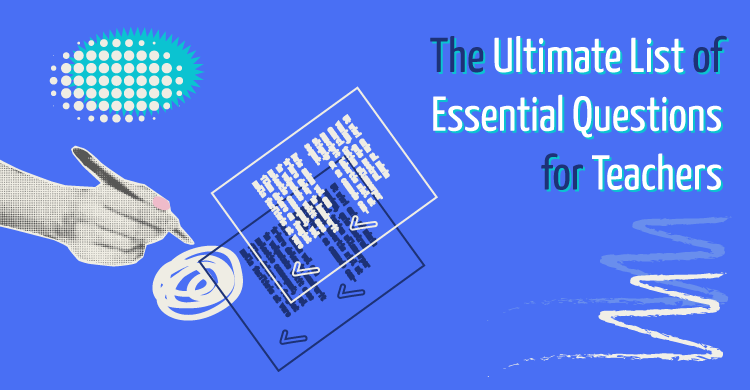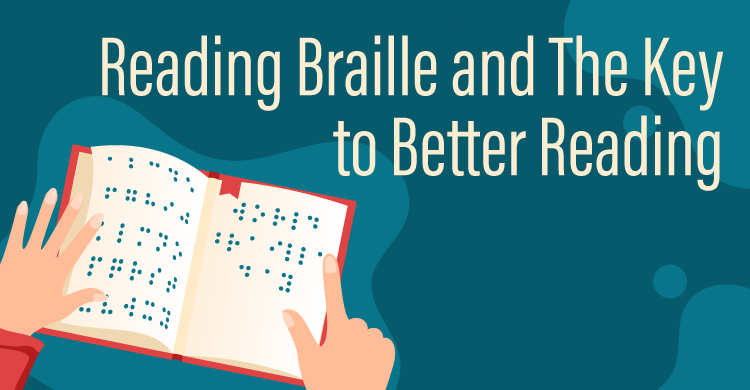How should reading groups be structured? Should every student receive an equal amount of small-group time with the teacher every week? Should struggling students receive more time? Can skilled readers manage their own small groups? What is best for each student? And is there time for such an approach?
A main premise of The New Art and Science of Teaching Reading (Simms & Marzano, 2018) is that if teachers understand how reading develops, they can customize reading instruction across five integral dimensions: foundational skills, word recognition, fluency, vocabulary, and comprehension.
Some of the most fascinating research supporting the effectiveness of personalized reading instruction comes from Carol Connor and her colleagues (see Connor & Morrison, 2016, for a review). Connor explains that the best reading instruction for a particular child depends on “the constellation or lattice of skills, aptitudes, and abilities children bring to the process of learning” (Connor & Morrison, 2016, 54). Based on that reading profile, a teacher can then customize a student’s reading instruction.
Connor found that there are at least three key dimensions across which literacy instruction can be customized: content, context, and attention management.
Content
Content refers to the reading skills that are the focus of instruction. Code-focused instruction addresses word recognition and fluency skills, whereas meaning-focused instruction is designed to support vocabulary and comprehension development.
Evidence indicates that students with weaker word recognition and fluency skills made greater gains when instruction focused specifically on those areas (i.e., code-focused instruction)(Juel & Minden-Cupp, 2000). In contrast, students with strong vocabulary and comprehension skills made the greatest gains when immersed in a literature-rich environment (i.e., meaning-focused instruction)(Connor et al., 2004).
Context
Context refers to the grouping strategy that teachers will use for reading instruction: whole-class, small-group, or individual instruction.
Certain types of instruction lend themselves best to particular contexts. For example, Connor and colleagues found that code-focused instruction is four times more effective in a small-group context than in a whole-class context (2011). Therefore, students who need code-focused instruction should probably receive it in small groups. Meaning-focused instruction has been found to be effective in both small-group and whole-class contexts; therefore, it is most efficient to provide such instruction to larger groups of students simultaneously. Thus, students with strong vocabulary and comprehension skills may not require small-group instruction with the teacher, instead benefiting most from whole-class meaning-focused instruction.
Attention Management
Attention management refers to the source of direction for reading instructional activities. In teacher-managed instruction, the teacher focuses students’ attention on the task at hand; in child-managed instruction, the student is responsible for keeping his or her attention focused on a particular activity.
As with the previous dimensions, there are interactions between the content and context of instruction and the best attention-management system. For students with robust language and meaning-making skills, a child-managed environment where different students and groups of students are independently working on a wide variety of reading projects may be ideal. But for students with weaker language skills, such an environment might not constitute an effective learning environment (Connor et al., 2009). Rather than making sweeping generalizations for or against child-managed learning opportunities, an astute reading teacher recognizes which students are most likely to learn best from teacher- or child-managed instruction and provides such opportunities accordingly.
In sum, a student’s reading profile should dictate the learning experiences he or she engages in. A student with strong vocabulary and comprehension skills might benefit most from child-managed, meaning-focused, and whole-class instruction. A student with weaker word-recognition and fluency skills will likely benefit the most from teacher-managed, code-focused, small-group instruction. Rather than striving to achieve “fairness” by providing similar learning opportunities to all students (e.g., everyone gets to meet with the teacher in a small reading group for a set amount of time each week), we recommend that teachers strive to design the “most appropriate” learning opportunities for students, based on the unique constellation of skills and strengths each one brings to the reading classroom.
Learn how teachers can discover a child’s unique reading profile and other personalized reading instructional strategies in Julia A. Simms and Robert J. Marzano’s book The New Art and Science of Teaching Reading.
[author_bio id=”1726″]
References:
Connor, C. M., & Morrison, F. J. (2016). “Individualizing student instruction in reading: Implications for policy and practice.” Policy Insights from the Behavioral and Brain Sciences, 3(1), 54–61.
Connor, C. M., Morrison, F. J., Fishman, B., Ponitz, C. C., Glasney, S., Underwood, P., . . . Schatschneider, C. (2009). “The ISI classroom observation system: Examining the literacy instruction provided to individual students.” Educational Researcher, 38, 85–99.
Connor, C. M., Morrison, F. J., & Katch, E. L. (2004). “Beyond the reading wars: The effect of classroom instruction by child interactions on early reading.” Scientific Studies of Reading, 8, 305–336.
Connor, C. M., Morrison, F. J., Schatschneider, C., Toste, J., Lundblom, E. G., Crowe, E., & Fishman, B. (2011). “Effective classroom instruction: Implications of child characteristic by instruction interactions on first graders’ word reading achievement.” Journal of Research on Educational Effectiveness, 4, 173–207.
Juel, C., & Minden-Cupp, C. (2000). “Learning to read words: Linguistic units and instructional strategies.” Reading Research Quarterly, 35, 458–492.
Simms, J. A., & Marzano, R. J. (2019). The new art and science of teaching reading. Bloomington, IN: Solution Tree Press.






